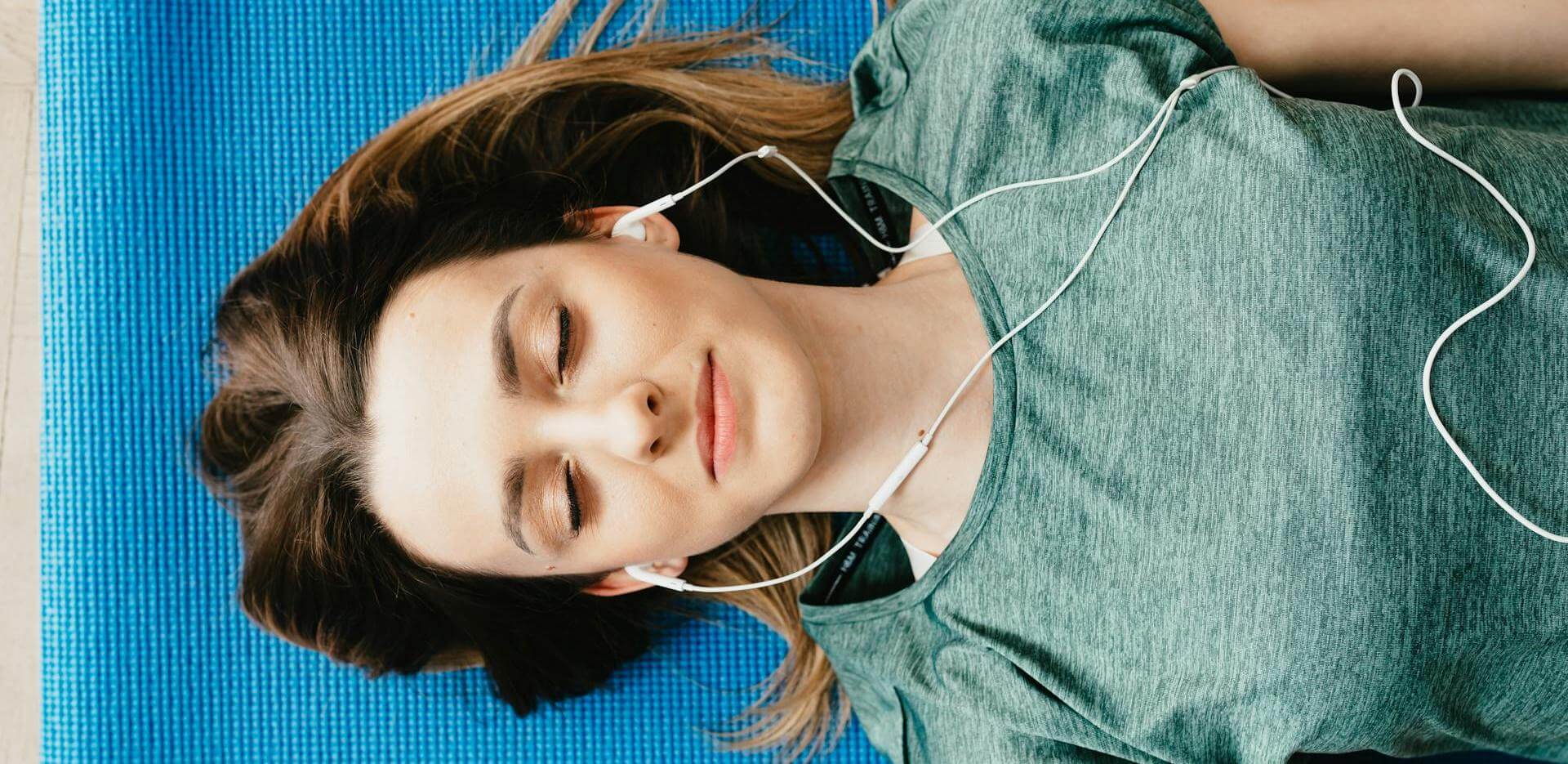
Practicing Harmony: the pros, cons, and tips for using music in your yoga class.
There is no doubt that music affects your body. Why else would we find comfort in the sound of rain or feel our pulse rise with the beats on a night out? As a tool for psycho-somatic work, music can be a powerful tool that enhances any class. While not implicit in yoga, a history of mantras, chanting, singing, live music, and even rhythmic breathing hints that certain aspects of music certainly can allow a deeper dive into the practice. We could write books (some people have!) about all the musical ties yoga has. In this blog, I’ll focus on background music specifically- a possibility common for many different yoga studios and schools worldwide. As fitness classes with music become more popular, the question of music becomes even more of a confusing one for yoga. So I’ve compiled a list of pros and cons as I’ve experienced them
Pros
1. Can build flow/rhythm and track the time and sequence of your class.
2. Enhance focus or meditation blocking out the sounds of the outside world.
3. Provide a peaceful atmosphere in the pre and post class space.
4. Ease any socially anxious or “awkward” feelings.
5. May be part of studio culture and an obligation to create a unified space.
Cons
1. Can distract easily with unusual choices (music is so subjectively experienced).
2. Focus may become more external than internal.
3. Requires more preparation for classes.
4. More possibilities for technical issues.
5. Can compete for attention and volume with your voice.
So…to play music or not? If the question to use it or not lingers on annoyingly, the easiest decision-maker can be to just try it out once. To help guide your background music use, here are some considerations.
Tips
Make an intentional decision: Be confident in music, be confident in silence.
Using music inherently means using silence as well. The conversation between the two makes for an interesting class; silence creates an atmosphere of focus or space to be more present with the sounds of the surrounding environment, and music connects yourself differently with the potential to motivate, relax, or energize.
In general, I try to play music in the pre-class, have silence for ¾ of the practice time, and then start calm music fading in as we move towards the end of practice. For savasana it varies depending on the situation; if it is loud outside then fading in and out a song can be great to change the atmosphere towards relaxation. I always end each class I teach in silence to offer a moment of connection between everyone and the space.
Know what you are playing.
While an 8 hour forest flute youtube video may be just the thing for one practice, automated playlists or random videos do not come satisfaction guaranteed. Save yourself any weird surprises and listen to your music before using it in class. If you really can’t find the time - phone a friend. As a playlist enthusiast, I construct my yoga playlists over months, and so do others! If you arent up for all the listening, there are plenty of curated playlists to explore and find the perfect fit.

Say no to extended instrumental covers, and use lyrics sparingly
I will always remember a particularly arduous class I took years ago, not in a good way. While the practice may have been fine, it was paired with a lengthy playlist of instrumental Rihanna covers on the guitar. While I absolutely love a Rihanna moment, my mind went back and forth between trying to guess each tune, and becoming painfully fidgety. You don’t want to give students any more competition for attention than they already give themselves. My advice: use instrumental covers only when it definitely fits the expectations of the class (themed classes, or more fast-paced “pop” atmospheres”).
Furthermore, music with lyrics will compete with your verbal cueing. Leave these wordy selections for before or after class to prevent crowding the space with too much information.
Plan ahead
With all the elements that go into a yoga class, it can be easy to fit music in as an afterthought. Take the time to build a repertoire of songs/playlists and understand when they can be used in a class. Planning ahead also means knowing the technical details of how to control the music, sudden cuts in the middle of a song can be dramatic but should be used with intention. Know how to get the music started when and how you want it.
Keep the music you like, organize your music
Being organized will only make using music easier. Keep track of songs and sequences you like in playlists, folders, or written down. One idea would be to keep one playlist for pre/post class and maybe a few for different lengths of classes, themes, or types of yoga.
Test out formats and read the space
Continuing to keep learning is key to finding the balance in your particular style. If something doesn’t work in one class, try it differently in the next. Over time, you will develop your own instinct for feeling the class and knowing how you want to include background music.
The world of music can weave in itself beautifully into yoga. As I reflect on how I’ve grown as a teacher, I also am touched by the tender exchange between the two practices. Music combines sounds, instruments, and the bodies behind them to create something totally new and special as a result of all elements working together. Yoga classes, too, in all their ever-changing nature are spaces for rhythm, movement, expression, individuality, and the unspoken depth that comes from creating one synchronous experience. While you may hear the same song twice, you will never listen to it the same way again.


